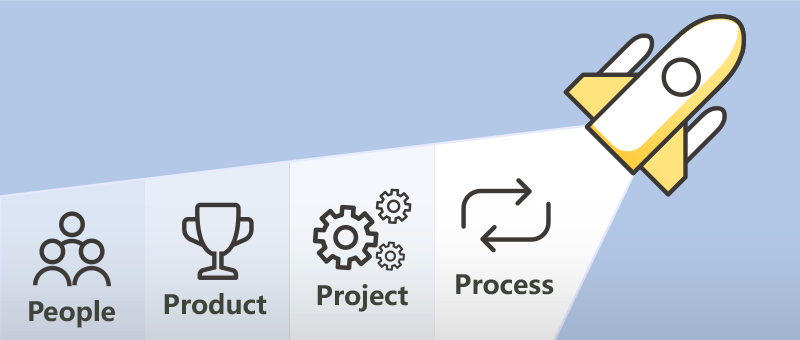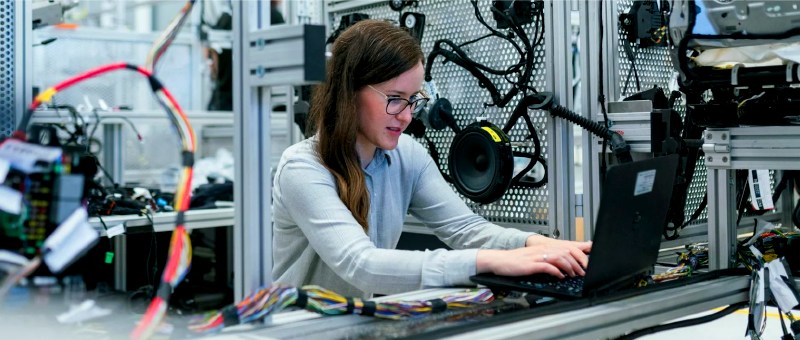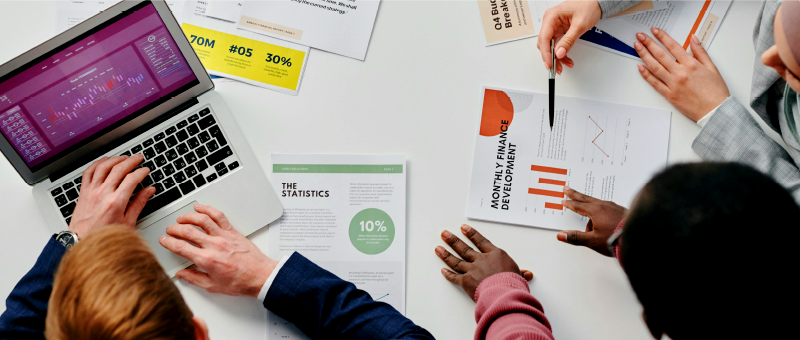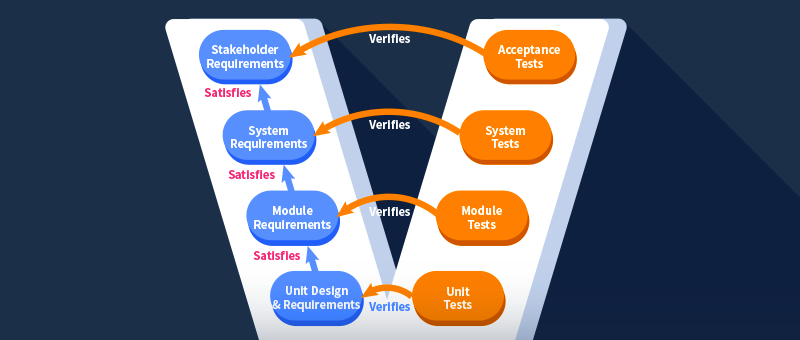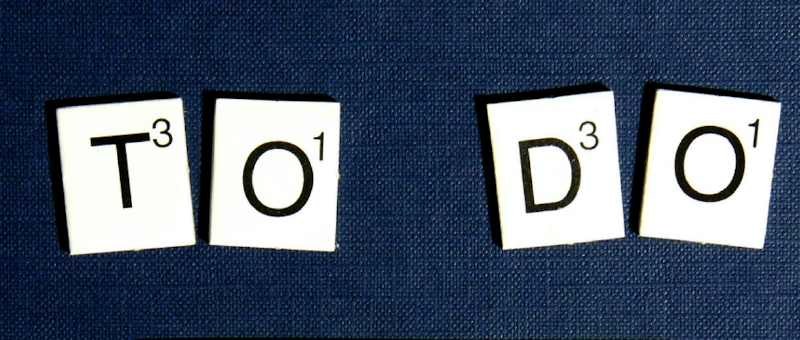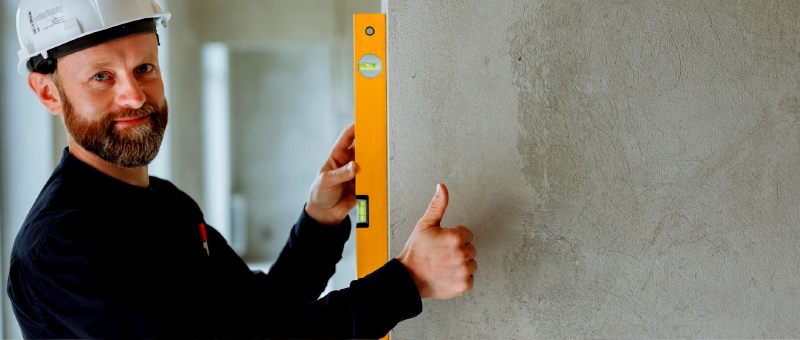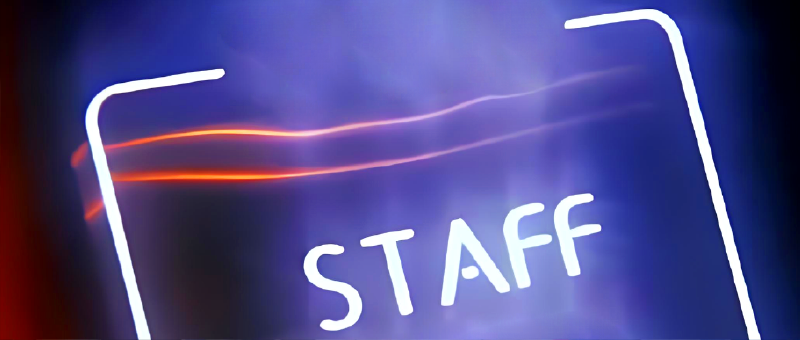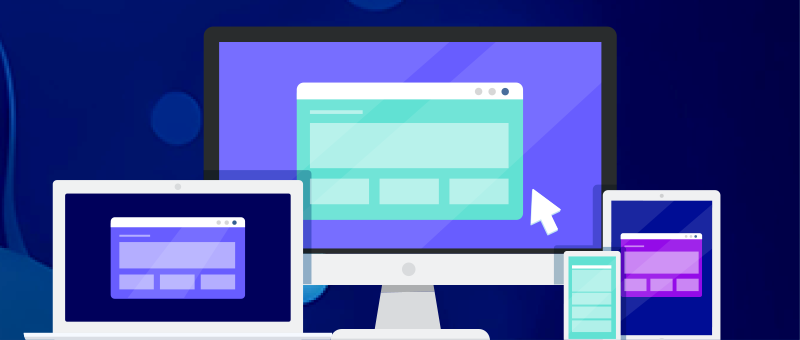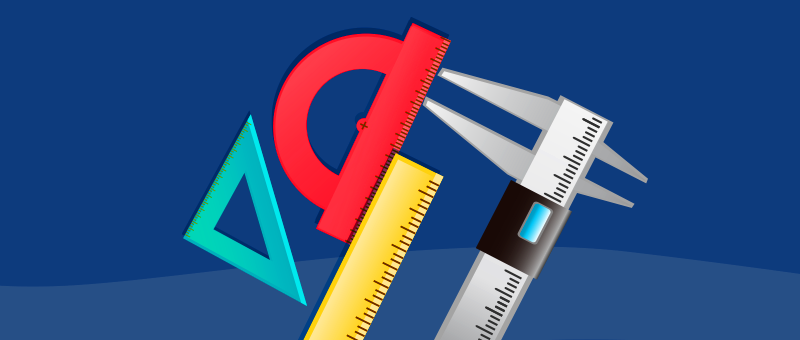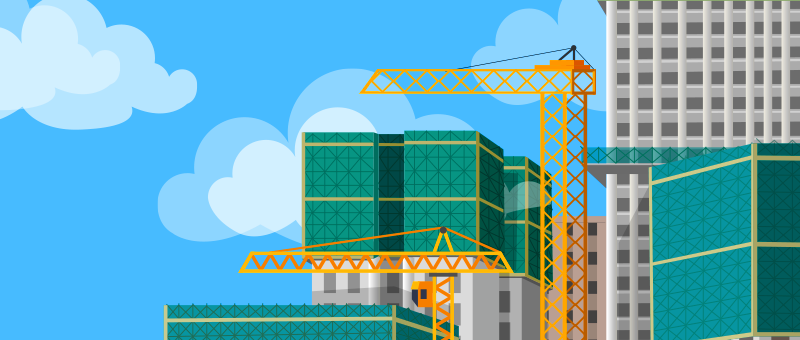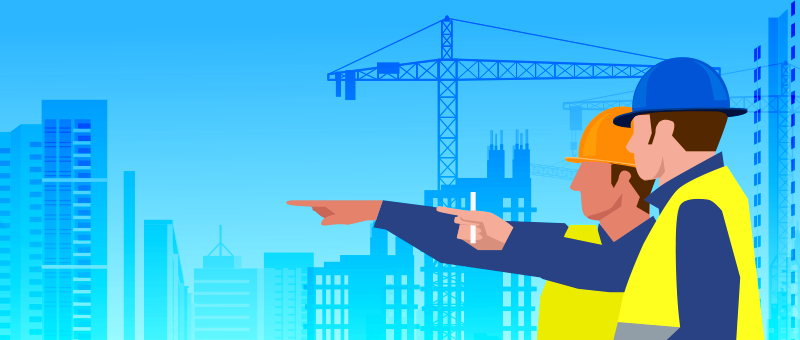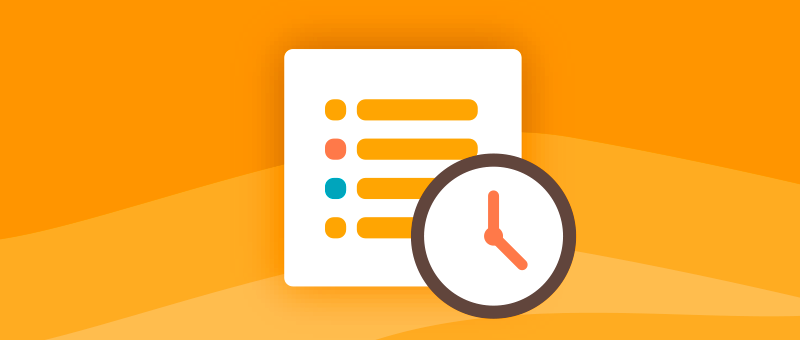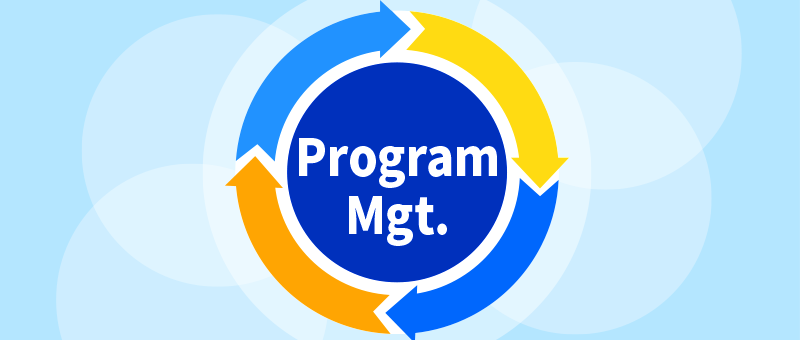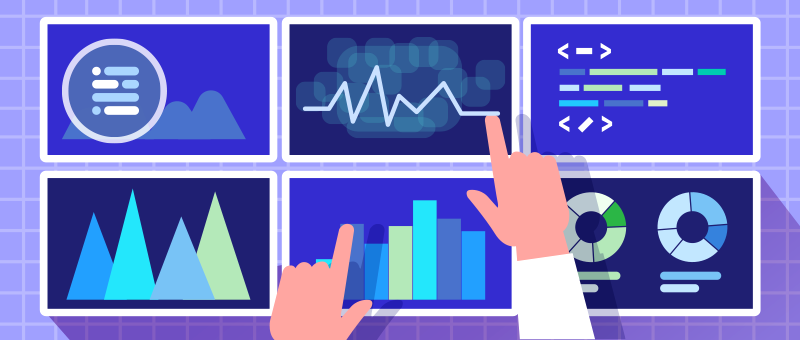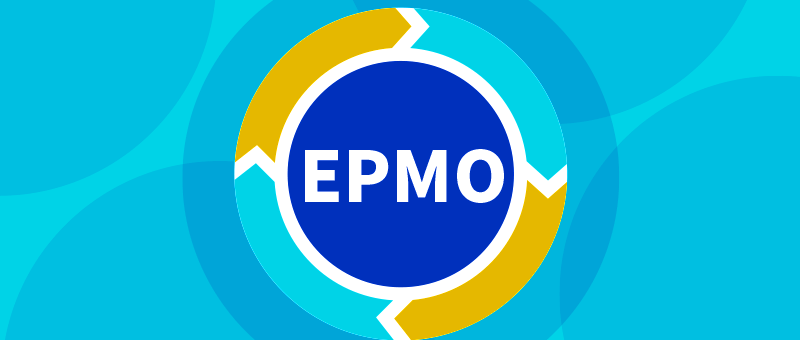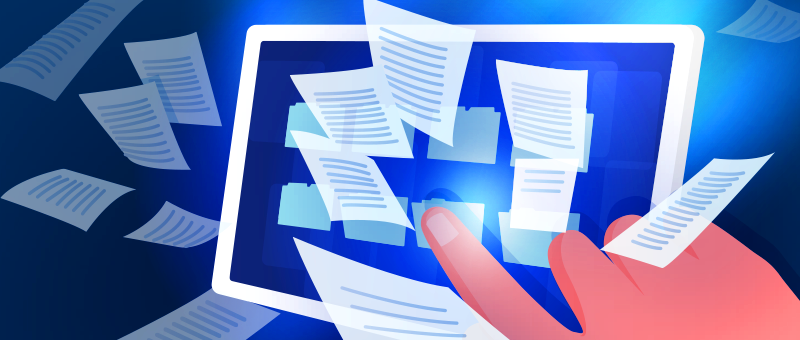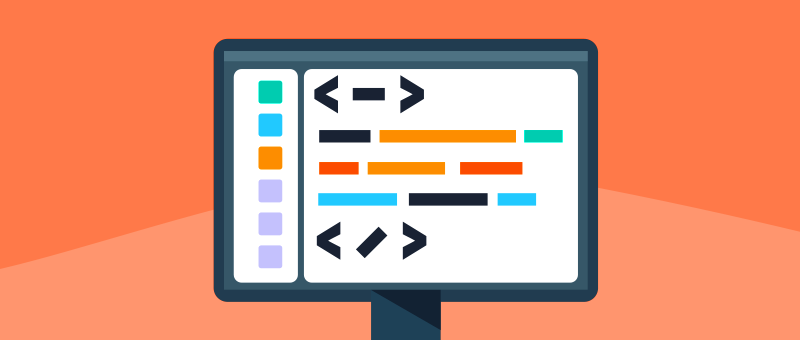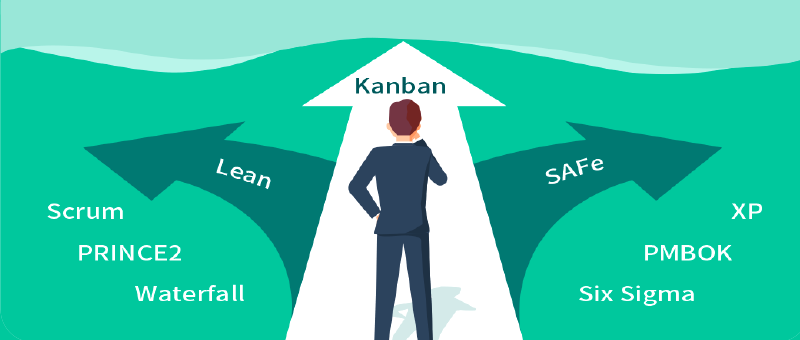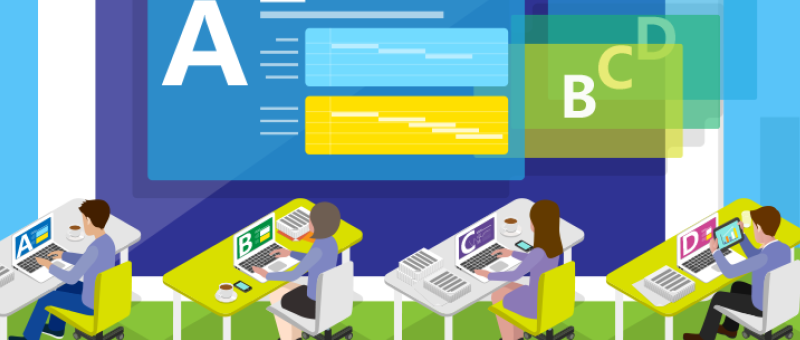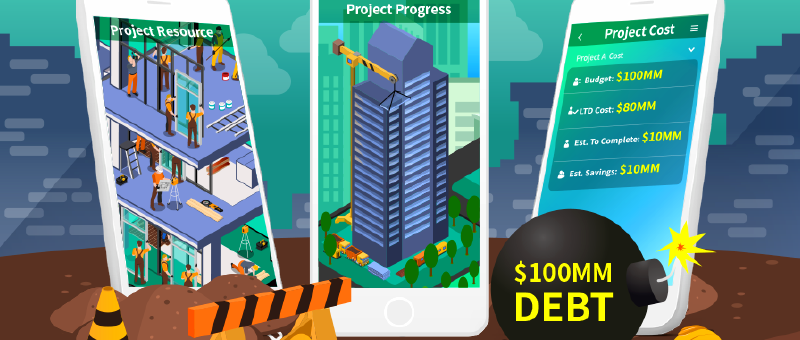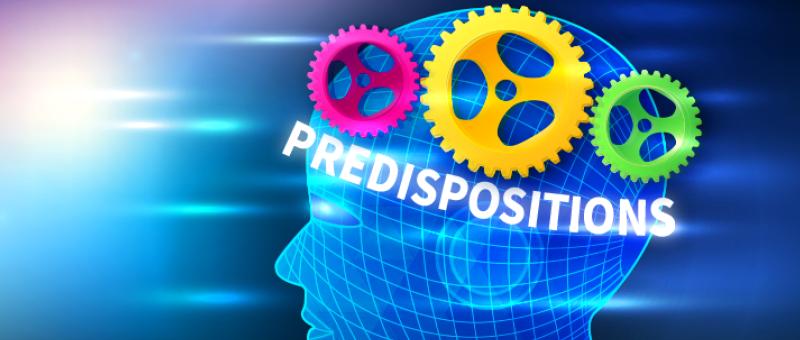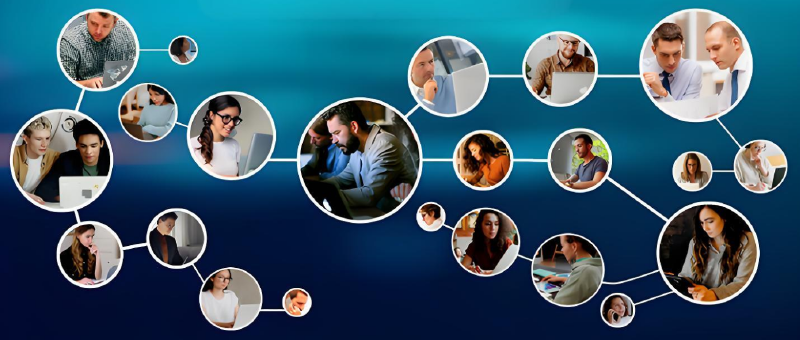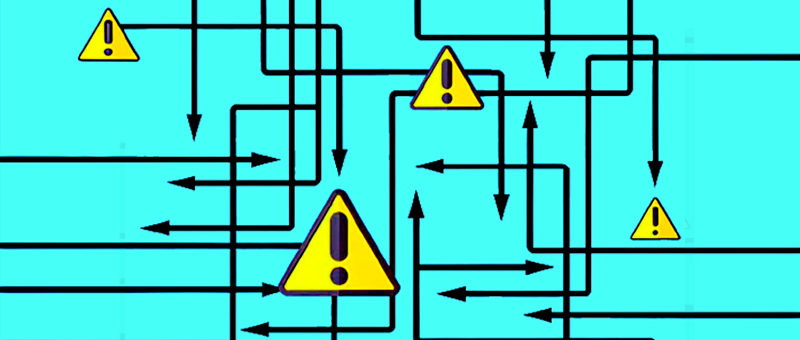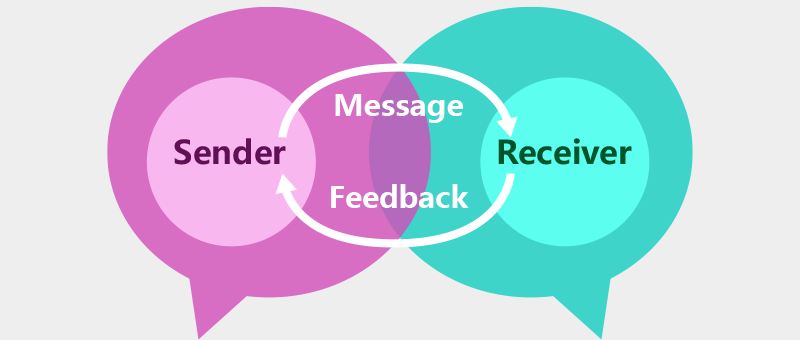
-
8Manage R&D Project Management

For the Research & Development (R&D) of a new product, the most influential areas would be the technical feasibility, the existence of the market into which to sell the product and the business resources to make it happen. Traditional project management or project management tools couldn’t provide the integrated view or the cause-and-effective relationships of how the performance of each activity in each of the areas can affect the others. The project personnel seldom have the ability to see the cause-and-effective relationships and even some minority can see them, they rarely can keep up with the rapid changes in these 3 areas. The traditional R&D project management weakness can be overcome by computer-assisted project management with focus on the integrated view of the real-time information for the Big Picture as described in the diagram below. In other words, the modern project management tool should no longer focus on automating the static methodology but providing the dynamic integrated view of the activities in the 3 areas as described in the Big Picture diagram below.

8Manage allows the project manager to specify the needed strategies and their associated activities and reality checks to ensure things such as the following:
- Feasibility of achieving the technical development objectives
- Customer involvement and verification of customers'needs
- Certainty of market formation
- Clarity of marketing and sales channels
- Participation by the operating personnel and reliability from production standpoint
- Certainty of commercialization (steady outlook, project period is appropriate)
8Manage is by no means to replace human judgment but provides the most effective integrated information as possible to aid timely and effective decision-making. A R&D project by its nature is unpredictable since the technology, market and business are all constantly moving. The winning team will be the one that can make effective selection before the project starts and can effectively monitor the dynamics of progress and changes and take effective actions within the bounded marketing window and limited business resources to cope with the impacts after the project starts. -
Pre-project Selection

The project and organization selection is critical to R&D project success because a conscious project and organization selection will mean only the project with true market needs and the organization with staff that have relevant capability and capacity would be chosen.
8Manage provides project request, evaluation and strategy formulation management to ensure each R&D project request will be thoroughly evaluated based on true market needs and ROI and the responsible organization has the relevant staff and experience to do the project. After the R&D project gets a preliminary green light, the responsible organization will need to formulate the strategies to maximize the likelihood of success of the technical development and implementation of the results. Each strategy or sub-strategy must be substantiated by the projects or activities that will yield the results. 8Manage also provides real-time metrics to allow tracking of interim results against targets.
The pre-project selection is both the wisdom and the formulation of an execution management framework for a R&D project. -
Requirements Management
In a R&D project, the key in requirements management is managing requirements completeness, human communications and change impacts. All initial and interim requirements of R&D projects wouldn’t be 100% complete but whether they are representing 80% or 20% of the big picture would make the biggest difference in estimating the business resources needed to complete the project and controlling the window of opportunity to market the product. The overlook of what percentage of the current requirements representing the big picture is the major cause of failure in R&D projects since the views of technical development, business resources and marketing window aren’t integrated or aligned. 8Manage provides a Requirement Matrix to allow all stakeholders to view the total requirements of their R&D project and detect discrepancies at the earliest possible time. Each requirement or sub-requirement is also linked to the activities that will implement it. 8Manage can also detect the percentage of the requirements activities that have customers and operation personnel’s involvement and will reflect that in the requirements light color.

8Manage facilitates requirements communications via effective management of reviews and acceptance. 8Manage has a built-in review and acceptance process for each requirement deliverable and will track all the interactions and handshakes between the submitters and reviewers. 8Manage also has an audit trail to capture the behaviors of all submitters and reviewers.
Requirement changes are unavoidable in R&D projects. However, a R&D project must be based on the integrated view of its Big Picture to make effective decisions and tradeoffs whether each change makes sense and is affordable to do or not. 8Manage allows the R&D project personnel to see the impacts of each change in the Plan&Execution page on exactly what activities will be affected and how they are affected and the summary of the total impact. The clear impact information will arm project personnel to make decisions and tradeoffs more effectively. -
Customer As Team Member
Customer involvement is the key to improve product quality and market acceptance. 8Manage allows external users (customers, partners, vendors) and field service personnel to be involved in the R&D project as project team members and each can play a different role such as producer of requirements, reviewer of design or evaluator of product. The customers, partners and vendors can contribute their industry knowledge and help the product to be easier accepted by the market.

Customer and field service personnel involvement is imperative for developing a product that is easy to use, operate, maintain and service. Their involvement best starts in the requirements stage so that usability, operability, reliability, maintainability and serviceability of the product are designed in, not added at the tail end of the development. 8Manage not only allows customers and field service personnel to be project team members, it can also track their level of involvement in the requirements stage and reflects that in the score of the critical success factors of the project.
Customer involvement is also key in the Engineering to Order (ETO) model of creating sophisticated products. 8Manage cross-company and cross-location capabilities supports bringing customers, partners and vendors afar to work together on the R&D project. -
8Manage Talent Management
The success of an R&D project heavily depends on the abilities, confidence and commitment of project personnel, especially the key resources such as domain expert, product champion, product architect and project manager of the project. The talents will be more committed to the project if the following things are true:
- The project roles that they play match their skills
- Accountability within the team is managed properly
- The project is technically feasible
- The project result can have significant positive impact

8Manage can automatically detect the skill set gap of each resource allocated to the project activities to minimize mismatches. The accountability of each activity, each deliverable and each review & acceptance is crystal clear to the team. The system is also capable of sending out anonymous reality checks to detect team members' confidence level on project schedule, management ability, technical feasibility, product operability and market acceptance.
8Manage is also capable of sending out reality checks to top management and stakeholders to detect their confidence level on the project. 8Manage provides the useful information to the project manager and the product champion to deal with issues at the earliest possible time so that they can take corrective actions promptly to minimize negative impacts to the team and to the project. -
Time & Progress Management

8Manage automatically tracks time and progress of each activity and deliverable of the R&D project. The % of completion of the lower level activities and deliverables are automatically aggregated up to higher level activities. Overdue activities and deliverables are flagged and alert messages will be sent to the affected stakeholders. 8Manage always keeps track of original scheduled time, latest scheduled time and actual completion time and highlights the discrepancies. 8Manage can also keep track of multiple baselines (versions) of the R&D project plan.
The key in Time & Progress Management for R&D projects is to ensure things created by one expert are reviewed and agreed by another expert; otherwise the % of complete could be meaningless since some work is 100% but the other expert thinks the approach and result were totally wrong. 8Manage has built-in review and acceptance in every single deliverable and claims both the producer and reviewer accountable for the deliverable. 8Manage Time & Progress Management was well designed for R&D work. -
Revenue and Cost Management

8Manage provides the comprehensive revenue & cost budgeting & tracking functionality at both activity level and project level and the full traceability of project revenues with sales orders and contracts and project costs with timesheets, expenses, PO, invoices and payments.
8Manage provides the following features to allow the management team always seeing the most up-to-date financial information of the R&D project:- Project-defined revenue & cost classifications linking to COA
- Automatic revenue calculation based on sales orders & contracts
- Automatic client invoice generation based on payment terms in orders & Contracts
- Automatic labor cost calculation based on timesheets
- Automatic procurement cost calculation based on PO & contracts
- Automatic expense calculations based on expense reports
- Automatic checking supplier invoices against PR and PO
- Invoice aging and overdue management
- Invoice and payment linkage
- Automatic and real-time revenue & cost aggregation
- Budget variance detection and re-forecast
- Real-time linkage of project revenue & cost to organizational revenue & cost
-
Business Resource Management

The project personnel utilization and labor cost are important things to manage in a R&D project. 8Manage provides features for searching, requesting, allocating human and non-human resources in multiple sites, groups, projects and activities and tracking their utilization. 8Manage also provides advanced resource management features such as project-defined resource roles and resource leveling.
8Manage resource management features include:- Automated resource search across sites & groups based on skill & availability
- Facilitating & tracking of resource provision, allocation & utilization
- Resource allocation automates cost estimating & budgeting
- Comparison of resource planned vs. actual utilization
- Automatic detection of overloaded & inadequate resources
8Manage also provides rich resource planning and utilization reports so that the user can analyze resource provisioned vs. allocated vs. actual at deliverable, activity and project levels over time. -
8Manage Quality Management

Quality management in an R&D project often involves managing usability, operability, reliability, maintainability and serviceability of the product and the entry-exit criteria and their fulfillment for each sub-process in the total development process. The required level of usability, operability, reliability, maintainability and serviceability needs to be specified upfront in the product requirements to be built-in the product. The development process control needs to be specified in the project requirements or methodology.
8Manage provides Quality Metrics to allow the project manager to set measurement targets and gauge the incremental and final deliverable qualities of the R&D project. 8Manage also allows the project managers to set policies to enforce Review & Approval for controlling qualities during deliverable creation and finalization. 8Manage Reality Check can be used to detect process issues and deliverable quality issues and Real-time Dashboards can be used to disseminate Quality Metrics, Review & Approval and Reality Check information effectively at real-time so that quality problems and achievements can be seen by everyone at the earliest possible time. -
Communications Management

8Manage automates the following for R&D project communications:
- Automatic Alerts & Notifications
- Automatic generation & delivery of Weekly Status Report
- Real-time Chat
- Discussion Forum
- Reality Check
8Manage keep permanent records of all the Real-time Chat and Discussion Forum so the R&D project team members can always refer back to their previous discussion. The information is useful to keep people honest and accountable.
8Manage supports Iterative Reviews & Acceptance of deliverables to support the short iteration needs in communication for complex problem-solving. 8Manage also facilitates Structured Interactions and provides real-time information, allowing teams to make informed decisions.
The most powerful communication tool in 8Manage is its Data Agility & Preciseness that help projects tremendously reduce miscommunications and enhance teamwork & effectiveness. -
Issue Management

8Manage supports raising, assigning, acting tracking, escalating and closure of issues at activity and project levels and allows the linkages of issues to risks, change requests and actions. 8Manage provides Issue Map to allow the user to walk through the linkages surrounding issues. Escalated issues will be marked in RED and the person(s) that the issue is escalated to must acknowledge the escalation. Issues raised in lower level activities are automatically aggregated up to their upper level activities and to the project.
-
Document Management & Service Management
Filemanagement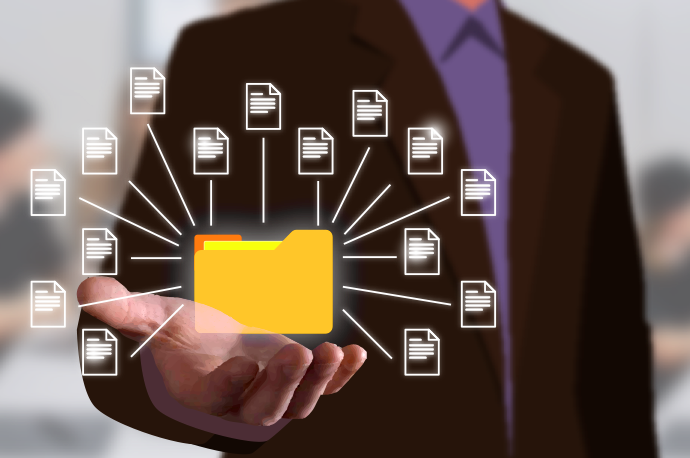 Foldermanagement
Foldermanagement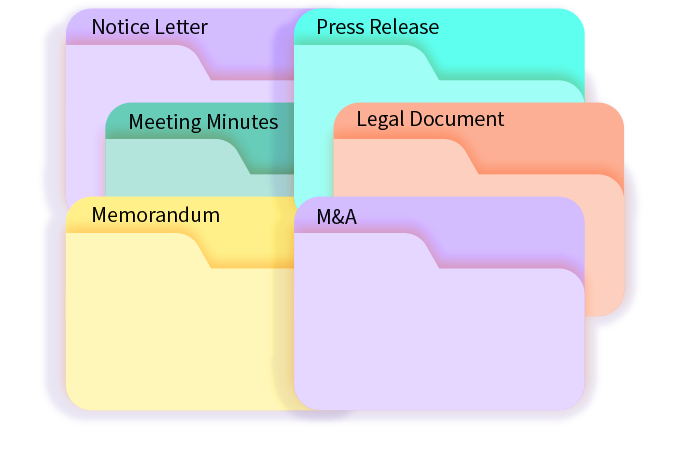 RepositoryCentralized storage
RepositoryCentralized storage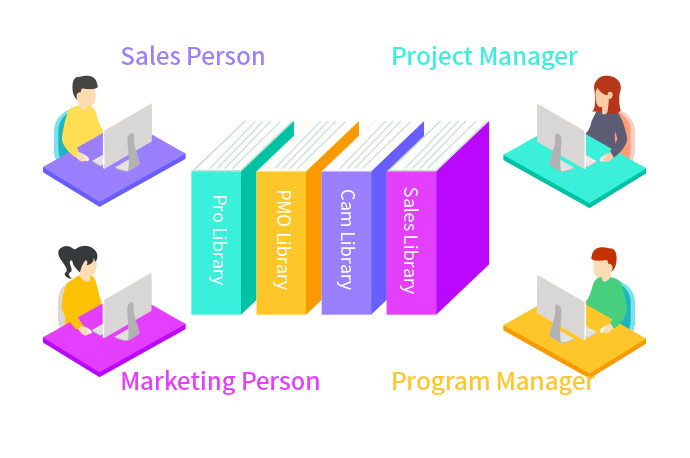
8Manage has a built-in electronic document management system (EDMS) which can support various viewers of documents of different types (e.g., CAD, CAM). The EDMS supports check-in and check-out management, version control, full-text search and knowledge management.
With the add-on of the Service Management modules, 8Manage can also support product service management which involves providing customers and service engineers with support information for repair and maintenance services.


